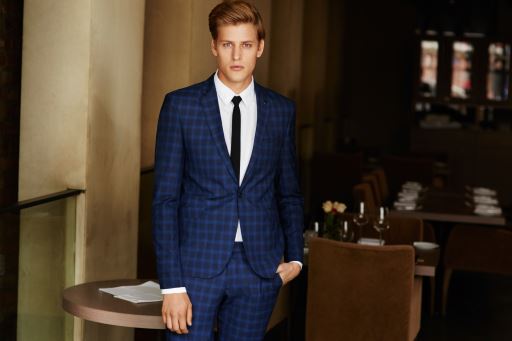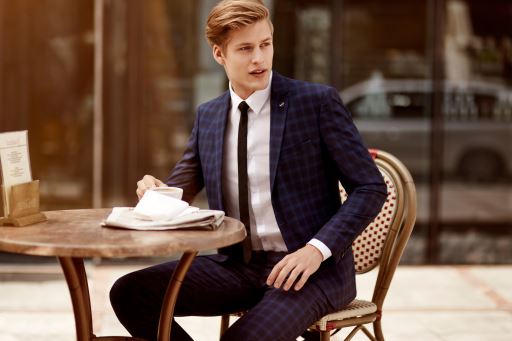- Main page
- Dress Code
Dress Code
Guides
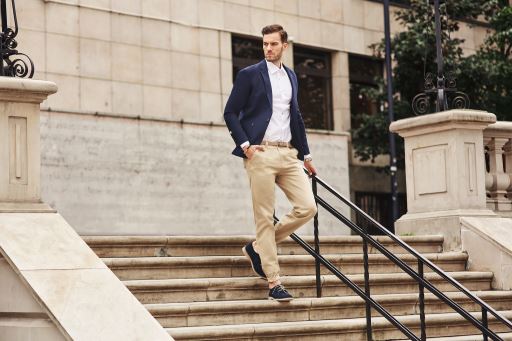
Dress code
Dress code – basic terms
Constantly changing fashion trends are something that can be observed before our very eyes every season. Trends are important, however, you should remember about dress code rules. A normal work day, a business meeting, a job interview, an exam, a family gathering or a banquet – all of them have their own set of rules and are trend-resistant. If you want to look best, decipher following basic terms of dress code and get the most appropriate look for special occasions.
Men’s styling for casual occasions
The latest trends are the easiest to introduce within casual, streetwear and sports outfits. Such an effortless and fashionable match-ups in fancy colours do their job during holidays, weekends and meetings with friends. Therefore, it’s always worth to watch trends and try to complement your own look with them. However, you should also learn fashion classics that are the best choice to work and fit to formal events.
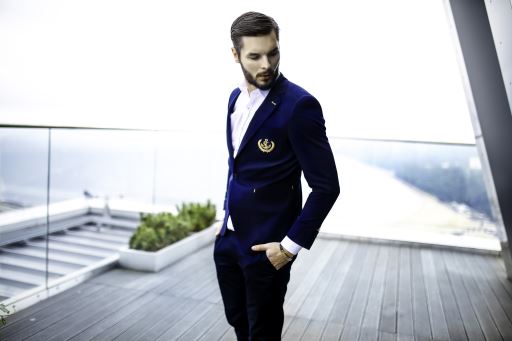
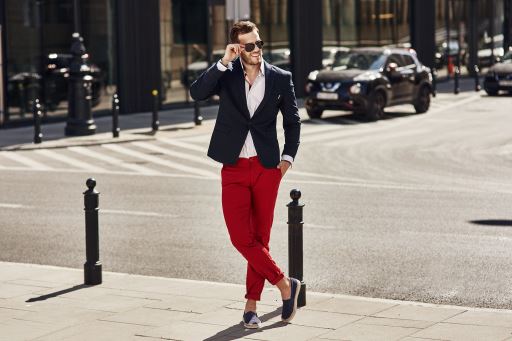
Comfy and stylish at work
Smart and business casual stylings are most similar to an everyday look. However, a casual Friday’s outfit might be already troublesome to create. Although every term contains the word ‘casual’, it doesn’t mean that you can do whatever you want. If you create such a look, forget about jeans, shorts and printed T-shirts. On the other hand, you can also resign from a suit and replace it with less formal odd trousers and a jacket set. A tie isn’t required but pastel shirts and loosen collars. Classic polo shirts are a good choice for all smart casual and casual Friday’s outfits. However, matching a short-sleeved shirt with a suit jacket is still forbidden. On colder days, try turtle necks and V-neck jumpers.
If you create a smart and business casual or a Friday’s casual look, you should place a bet on a leather belt and an elegant watch with a leather strap. If it comes to shoes, get classic low shoes instead of sports designs that trendsetters match with suits.
Definitely more conservative is a business outfit. Such a dress code applies to corporate and bank employees and people on senior positions. A business look is also a must-have during important meetings and job interviews. Creating this look isn’t as hard as people think. The most important item is, of course, a suit (grey, navy blue, graphite) that is teamed up with a plain shirt, a tie, low shoes and sometimes complemented by accessories.
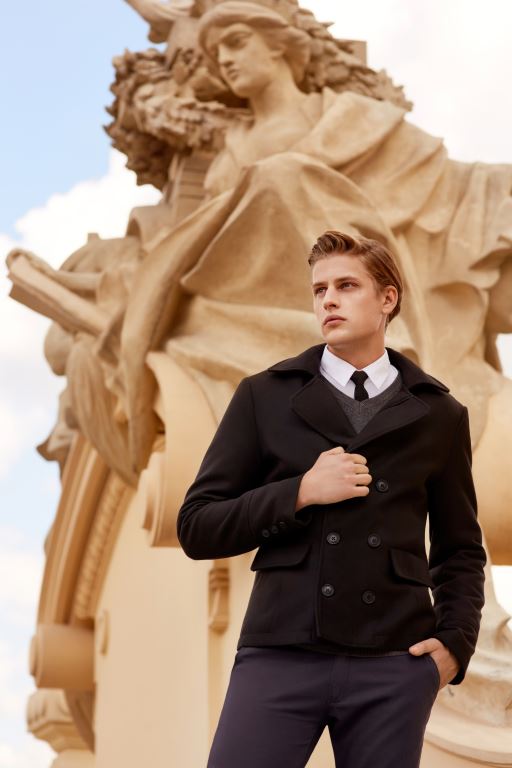
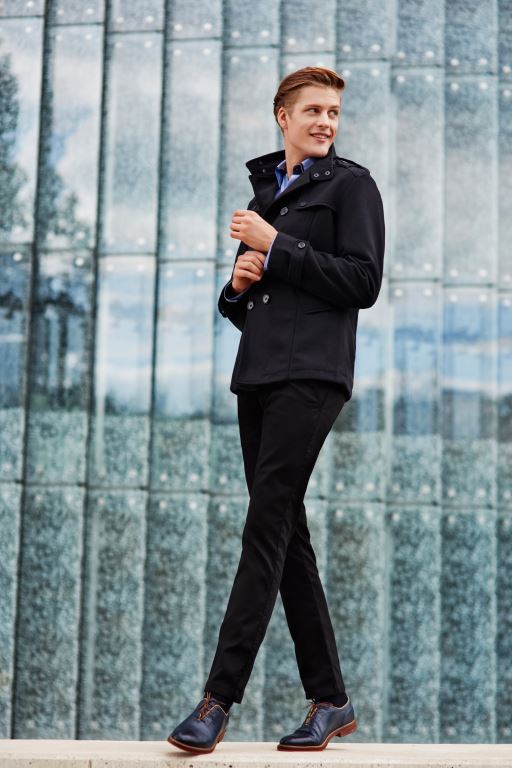
White tie to semi-formal – stylings for special occasions
Proper clothing to work is the absolute basis for creating your own image. It’s always worth to be prepared for special occasions. Special dinners, banquets, balls, pageantries and weddings need appropriate wear. Usually, the invitation reveals itself much information about the event. Another important features are the event time and dress instructions that are usually placed in the bottom left part of an invitation. Basic terms that you should get familiar with are: semi-formal, cocktail attire, creative black tie, black tie optional, black tie invited, black tie, white tie and ultra formal.
The white tie and ultra formal are the most elegant stylings. They consist of a tailcoat, trousers with stripes, a vest, a white shirt with cufflinks and wing collar and a white bow-tie. The whole look is obviously complemented with black patent low shoes.
The term 'black tie' stands for an elegant evening dress. It’s a bit less formal from a white tie styling but still very elegant. The outfit should consist of a white shirt, a black bow-tie, a cummerbund, a vest, an elegant suit jacket and dress trousers or a tuxedo. Complement it with black patent shoes. The strong and expressive colours are rather not a good idea among this kind of styling. The best are classic and timeless black and white sets.
Even less formal are stylings marked as black tie optional and black tie invited.
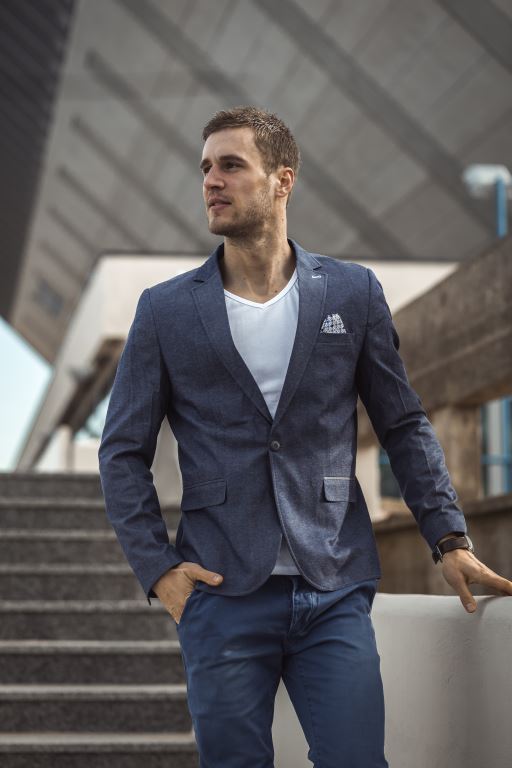
On such occasions, you can wear a tuxedo, but it’s also allowed to wear a dark suit. On the other hand, the 'creative black tie' term means that an elegant look can be somehow a bit more fancier. For example, you can match classic designs with unusual colours and get a sky blue shirt instead of a white one.
Semi-formal and cocktail attire means that it’s best to wear a dark suit, a shirt, a tie and elegant shoes for banquets, exhibitions, vernissages, important meetings and dinners.
